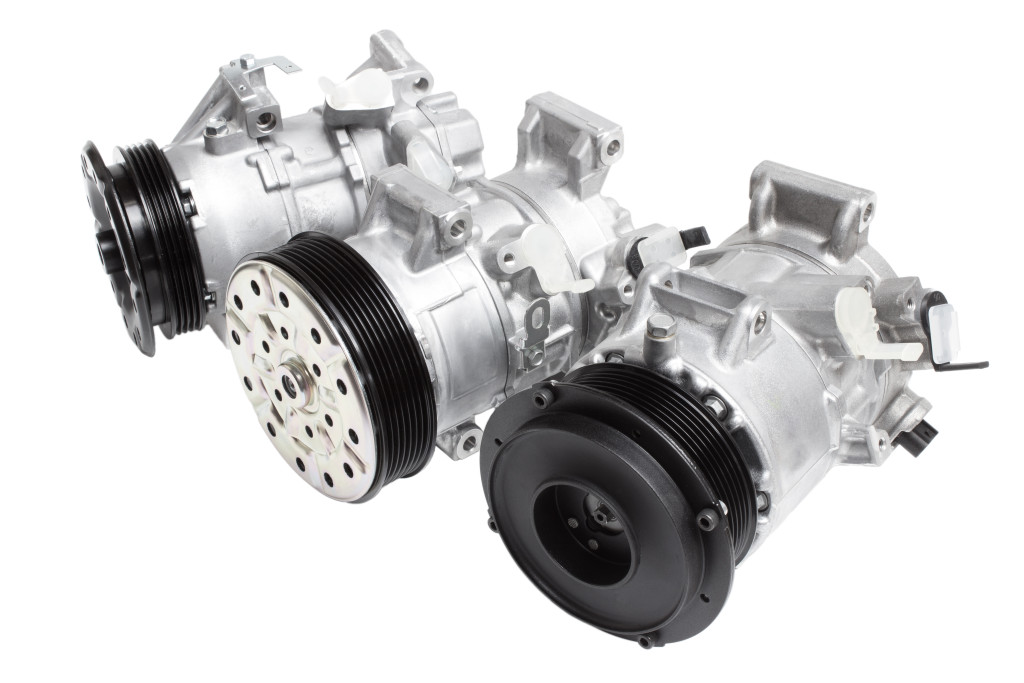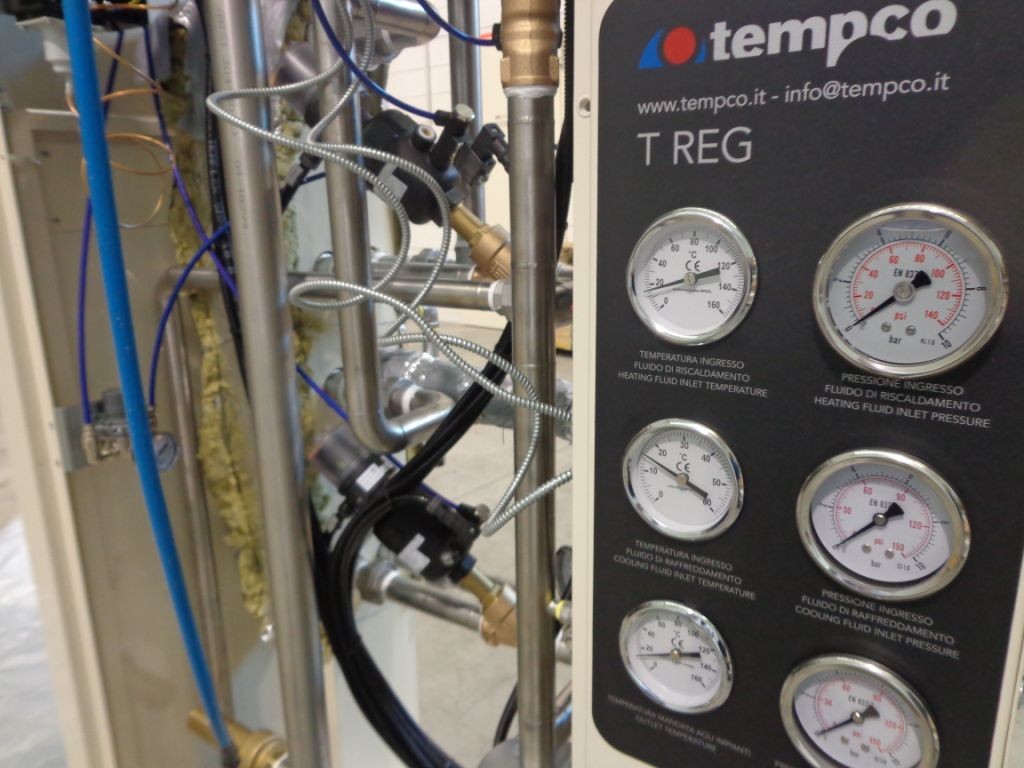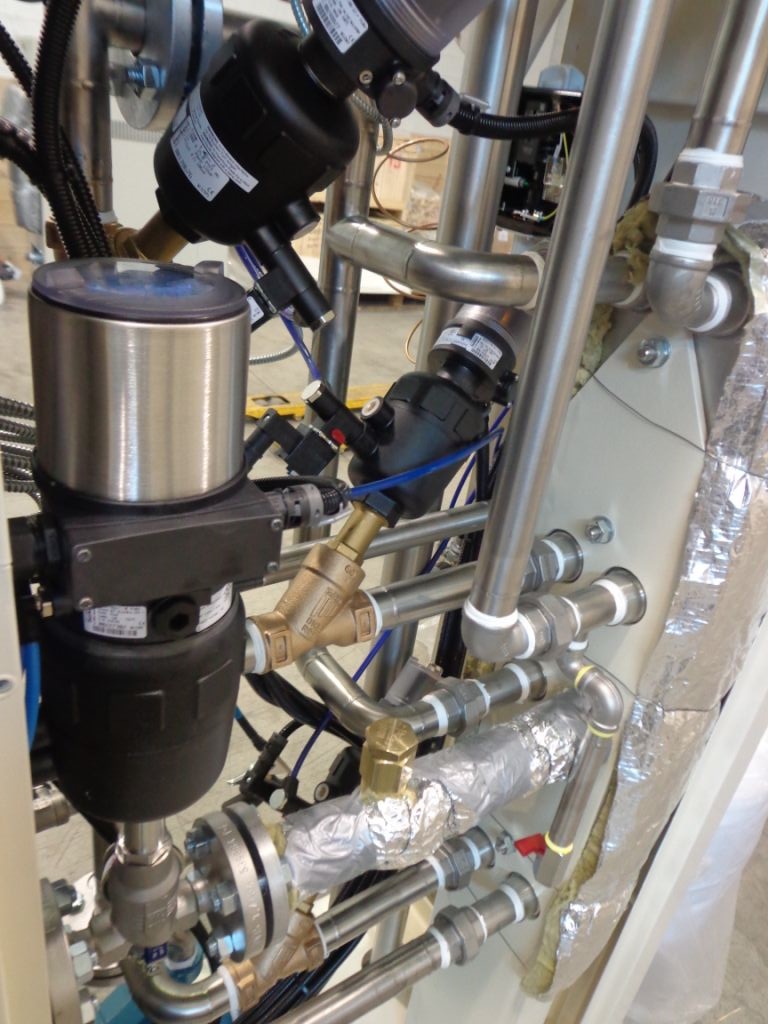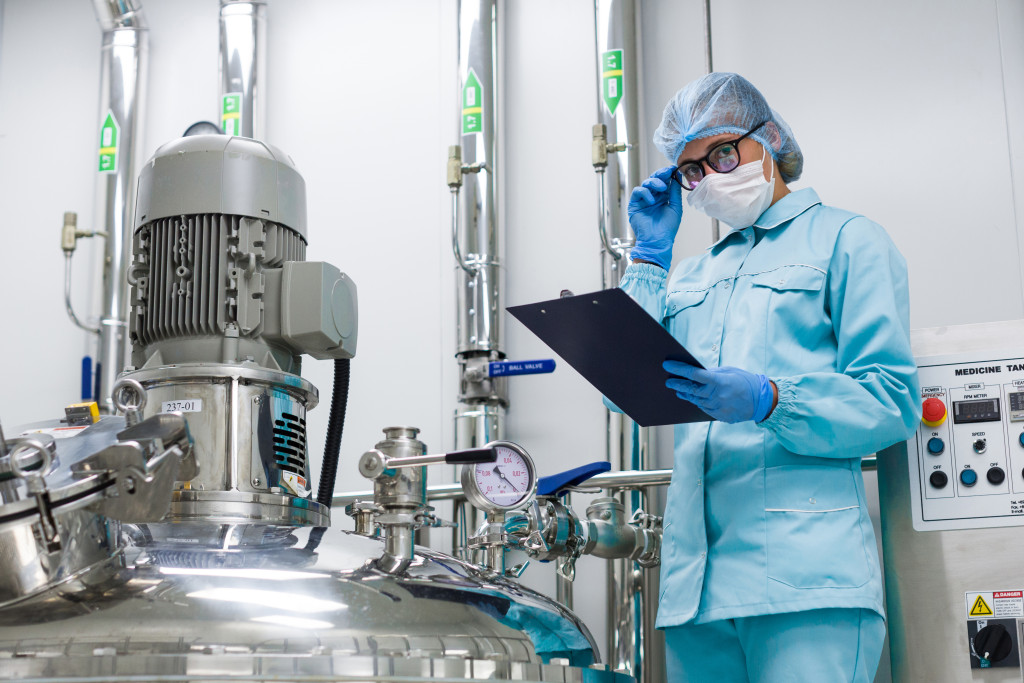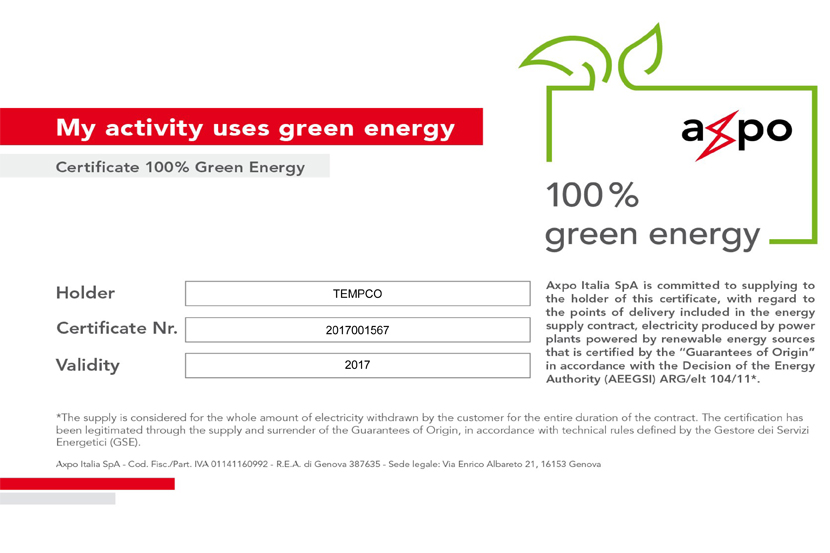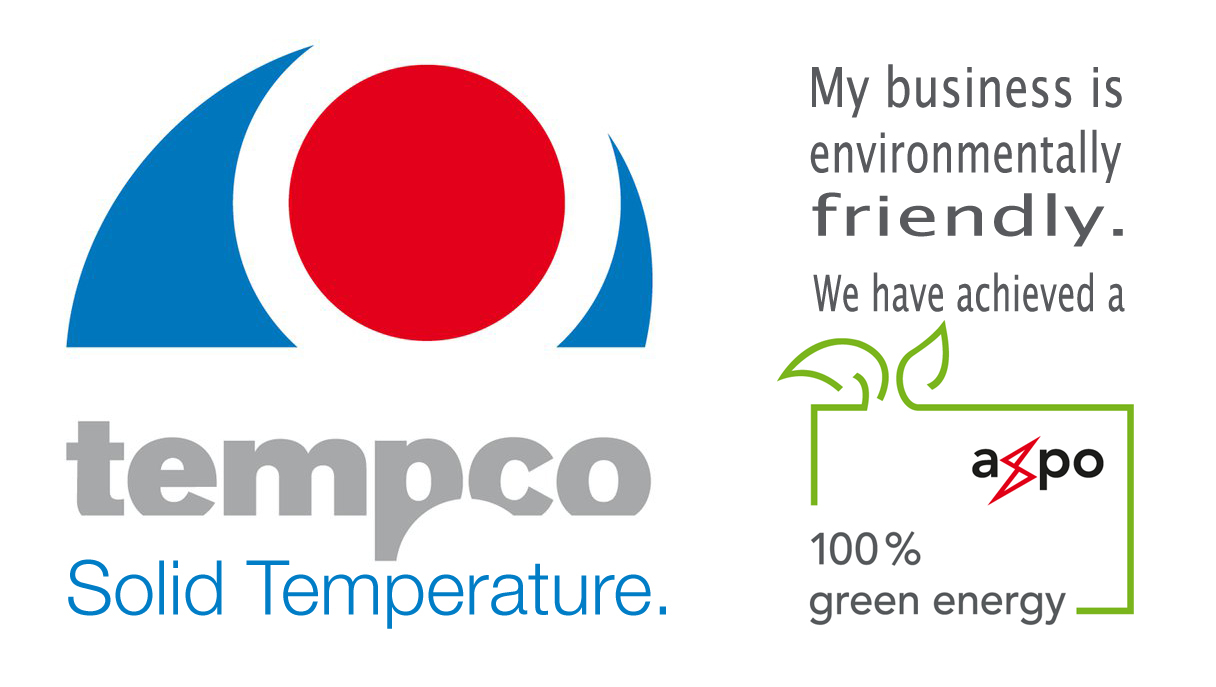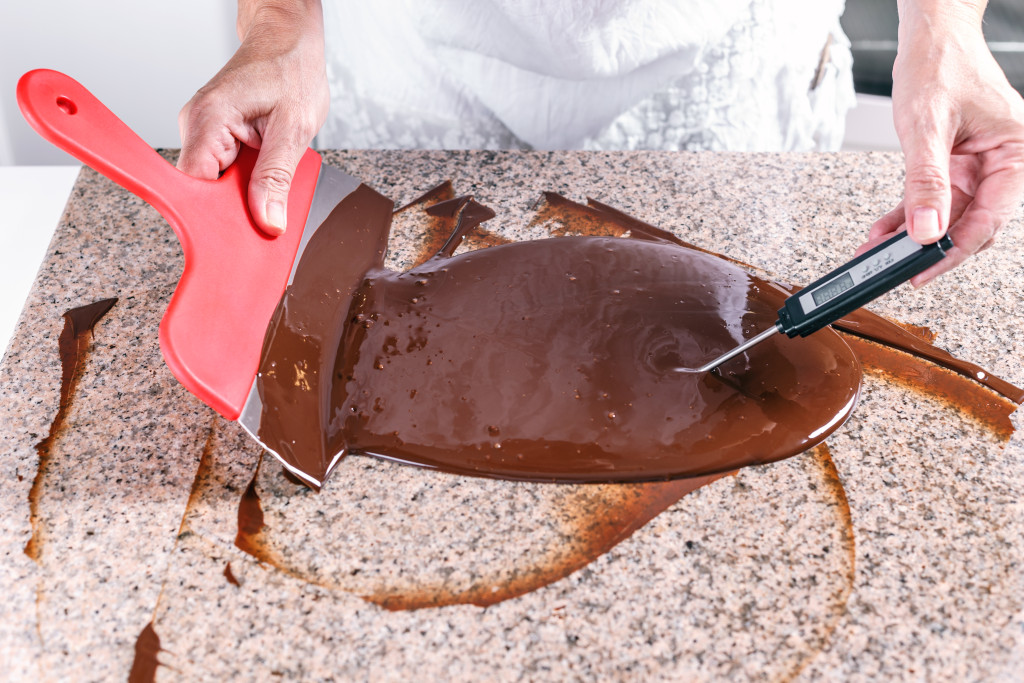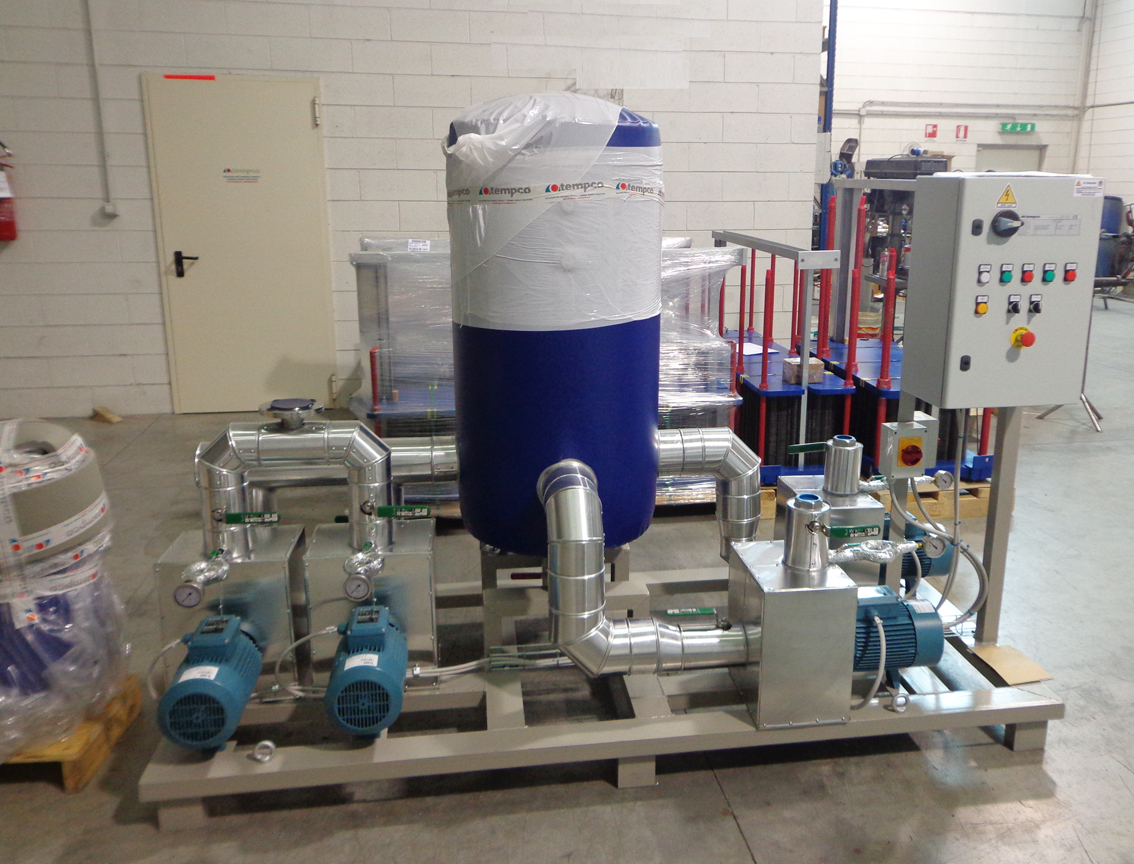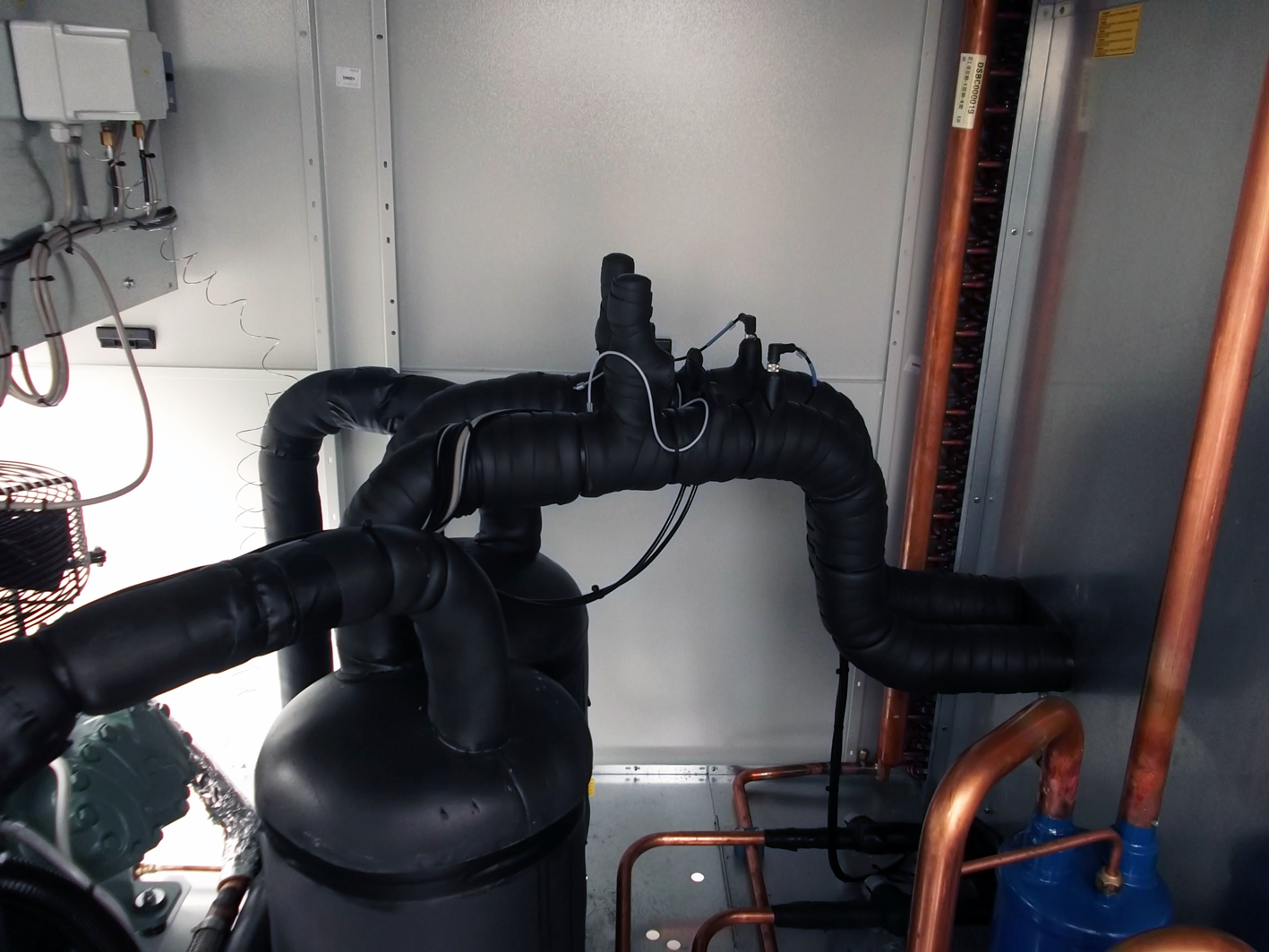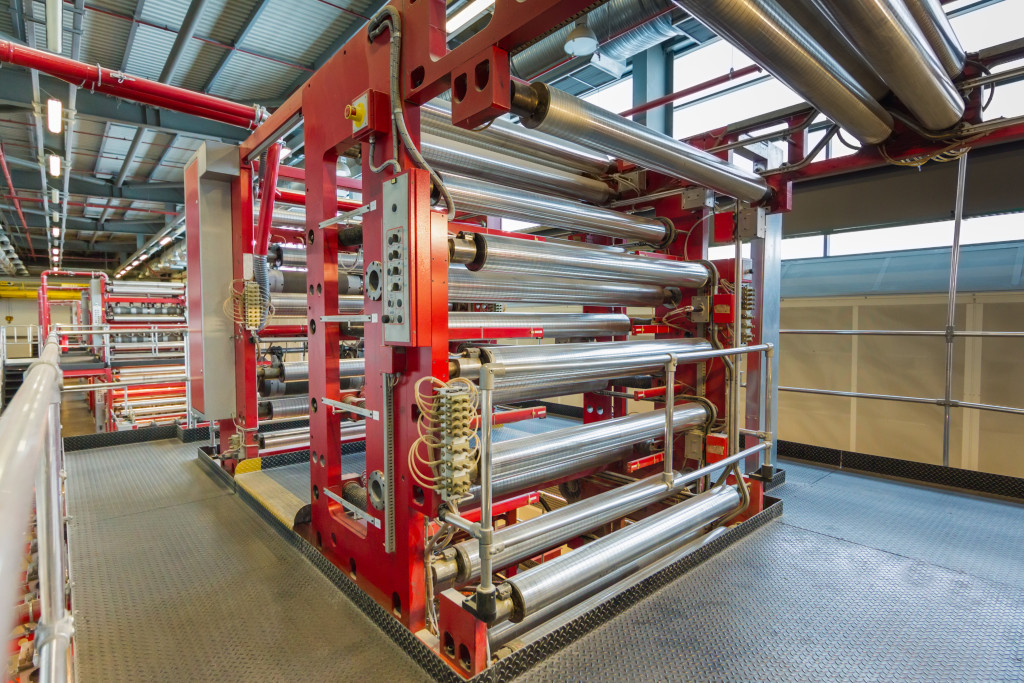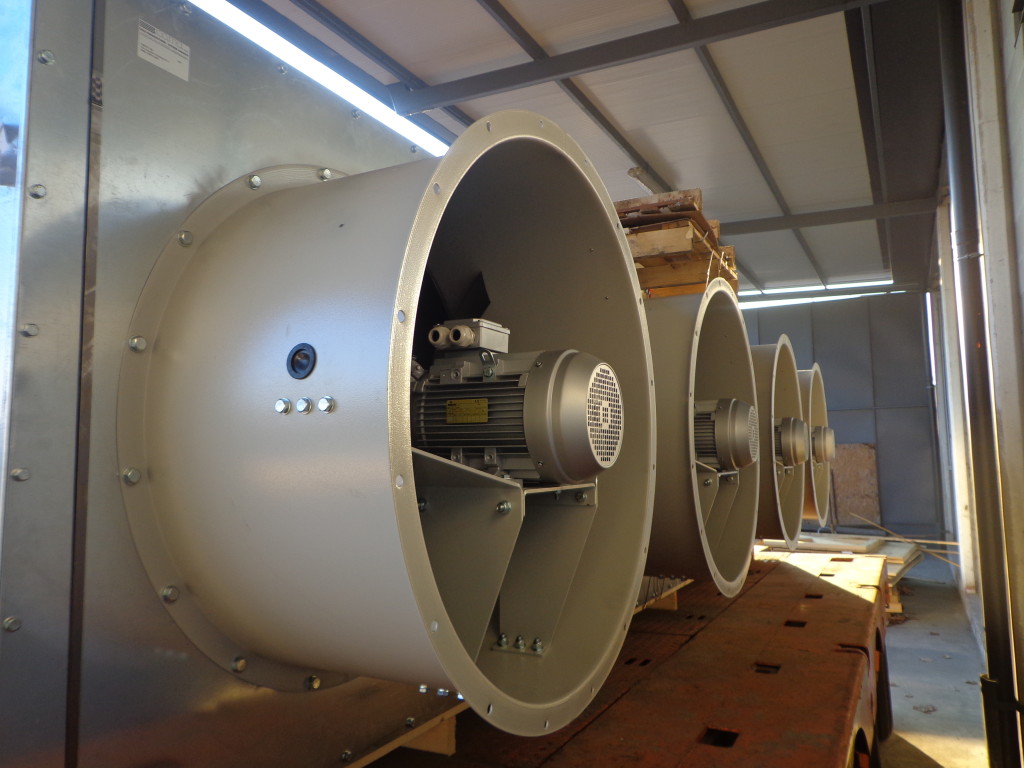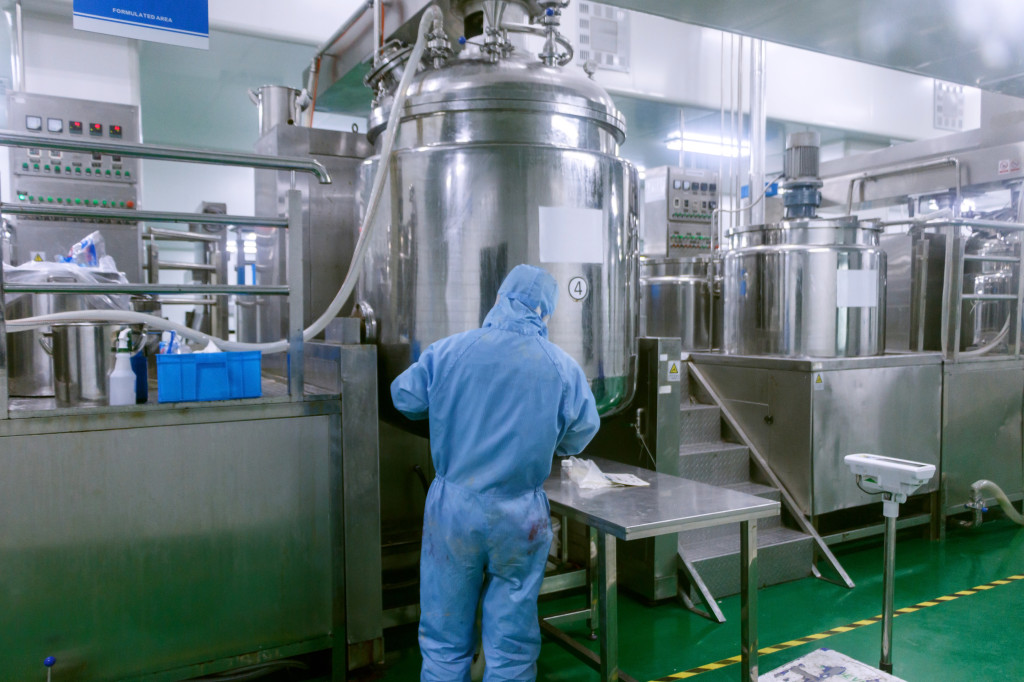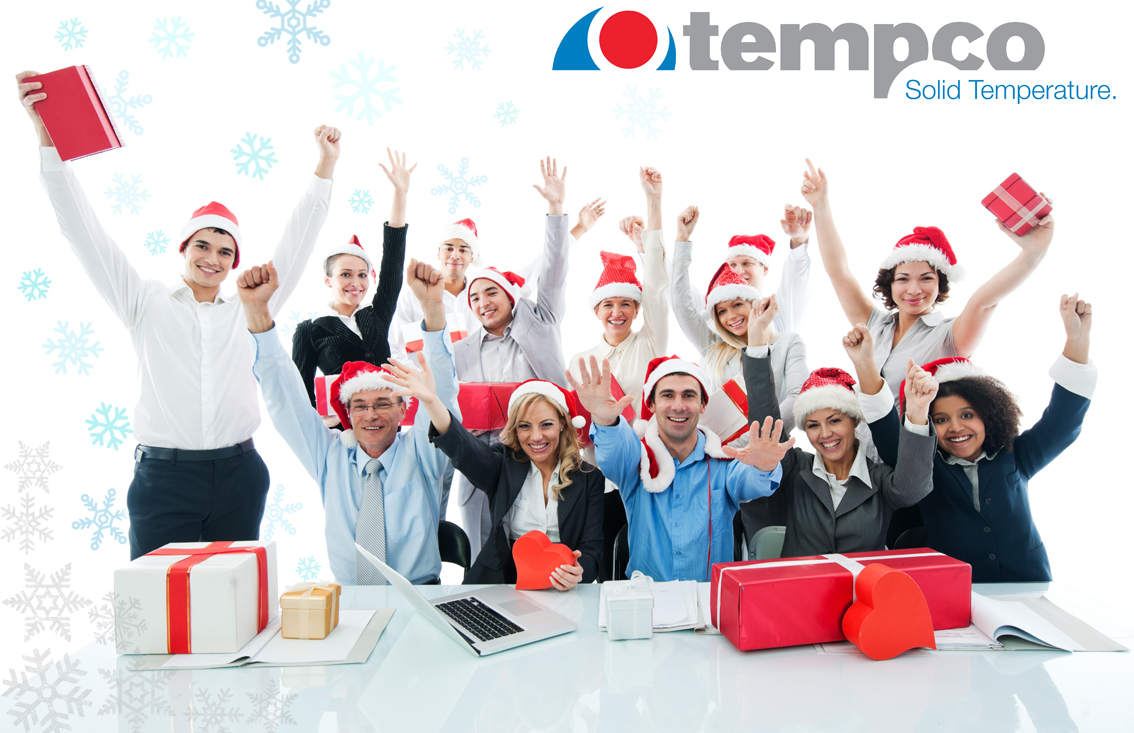Even in car there are utilities:
- cooling systems
- servo systems for steering
- power assistance to the brakes
- air conditioning
- start / stop systems
All these features allow you to enjoy a relaxed trip with more comfortably and safely, and of course they have to operate in all conditions, and must be tested.
How to do? typically the largest producers of components for automotive, have test and climatic chambers where make the component tests, subjecting them to the most severe conditions that will meet in reality.
Tempco from many years, supports this application field, providing special thermoregulation unit that simulate the extreme conditions.
Temperatures from -30 ° C to + 300 ° C, allow to simulate the operating conditions to producers of
- pumps
- conditioners
- aircraft electronic equipment
- engines
- radiators
- conditioning systems
- navigators
- avionics

